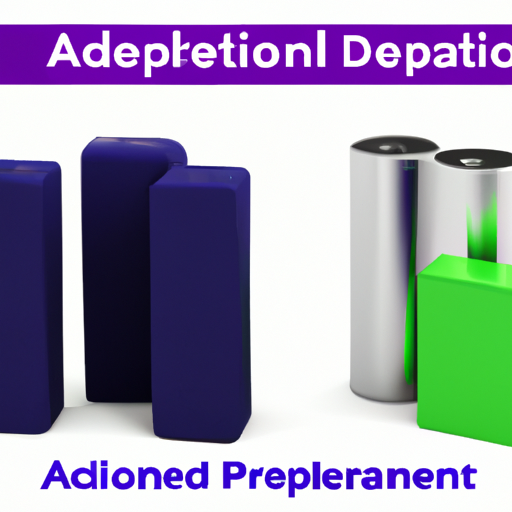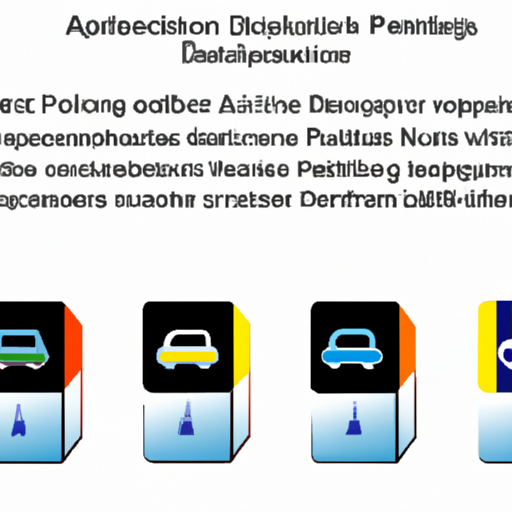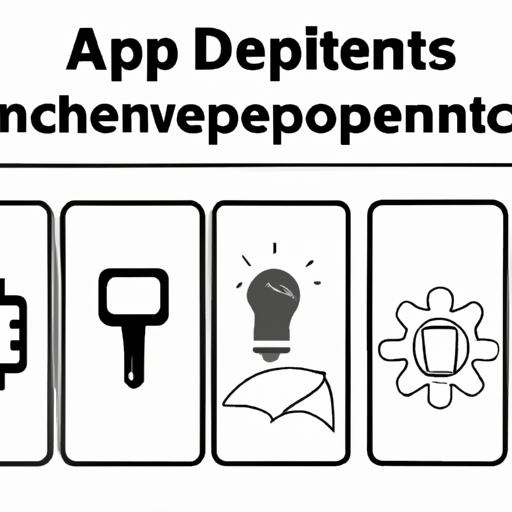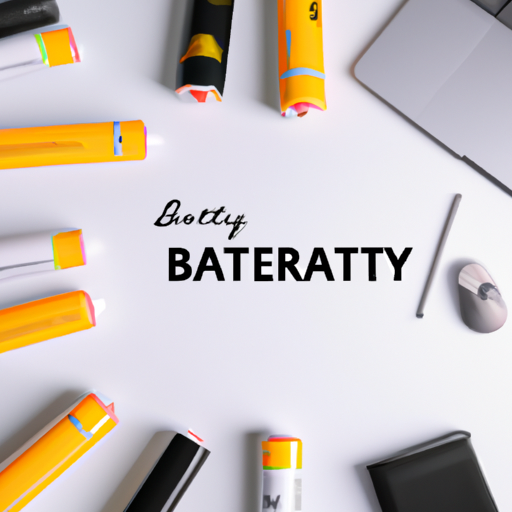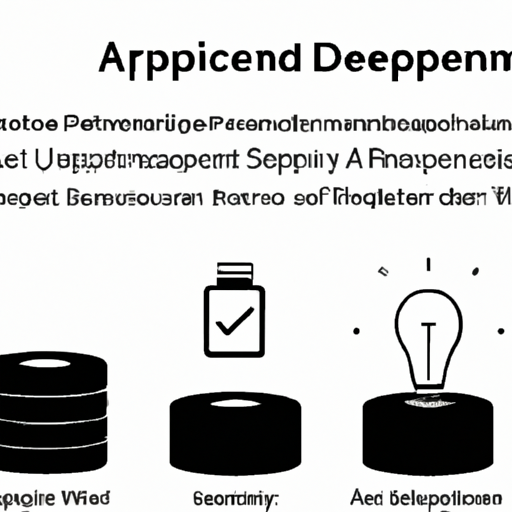Introduction to Modern Lithium Battery Technology
In the era of portable power solutions, lithium-based batteries have emerged as the backbone of modern energy storage systems. This guide explores five prominent battery types - 18650, 21700, Nokia-style batteries, 241220 cells, and LiFePO4 batteries - focusing on their technical specifications, applications, and competitive advantages in today's market.
In the era of portable power solutions, lithium-based batteries have emerged as the backbone of modern energy storage systems. This guide explores five prominent battery types - 18650, 21700, Nokia-style batteries, 241220 cells, and LiFePO4 batteries - focusing on their technical specifications, applications, and competitive advantages in today's market.
1. 18650 Lithium-Ion Batteries
Technical Specifications:
Technical Specifications:
-
Dimensions: 18mm diameter × 65mm length
-
Voltage: 3.6V-3.7V nominal
-
Capacity: 1200mAh to 3500mAh
-
Chemistry: Typically LiCoO₂ or NMC
Market Position:
As the industry workhorse, 18650 cells dominate due to:
As the industry workhorse, 18650 cells dominate due to:
-
Mature manufacturing processes
-
Economies of scale
-
Wide compatibility with existing battery packs
Key Applications:
-
Laptop power banks
-
Power tools
-
Electric bicycles
-
LED flashlights
Competitive Advantages:
-
500-1000 charge cycles at 80% DoD
-
Energy density: 200-265 Wh/kg
-
Global supply chain support
2. 21700 Lithium-Ion Batteries
Technical Specifications:
Technical Specifications:
-
Dimensions: 21mm diameter × 70mm length
-
Voltage: 3.6V nominal
-
Capacity: 3000mAh to 6000mAh
-
Chemistry: Advanced NMC or NCA
Market Disruption:
Developed as Tesla's preferred format, 21700 cells offer:
Developed as Tesla's preferred format, 21700 cells offer:
-
20-35% higher capacity than 18650
-
Improved thermal management
-
Pricing competitive
Performance Highlights:
-
Energy density: 250-300 Wh/kg
-
Optimized for high-drain applications
-
Reduced pack complexity in EVs
3. Nokia-Style Lithium Batteries (BL-5C Equivalent)
Technical Specifications:
Technical Specifications:
-
Dimensions: 53.5 × 33.5 × 5.5mm (typical)
-
Voltage: 3.7V nominal
-
Capacity: 600-1200mAh
-
Chemistry: Li-Polymer
Market Niche:
These rectangular prismatic cells maintain relevance through:
These rectangular prismatic cells maintain relevance through:
-
Ultra-compact form factor
-
Customizable PCB integration
-
Bulk pricing
Enduring Applications:
-
Feature phone power sources
-
IoT device backups
-
Medical monitoring equipment
4. 241220 Lithium Batteries
Technical Specifications:
Technical Specifications:
-
Dimensions: 24mm × 12mm × 20mm (varies)
-
Voltage: 3.7V standard
-
Capacity: 80-200mAh
-
Chemistry: Li-Polymer
Specialized Applications:
These micro-cells excel in:
These micro-cells excel in:
-
Wearable technology
-
Hearing aids
-
Smart cards
-
Miniature sensors
Cost Efficiency:
-
Mass production capabilities
-
Customized pricing models
-
Low self-discharge (<3% monthly)
5. LiFePO4 (Lithium Iron Phosphate) Batteries
Technical Superiority:
Technical Superiority:
-
Voltage: 3.2V nominal
-
Energy Density: 90-160 Wh/kg
-
Cycle Life: 2000-5000 cycles
-
Thermal Stability: Safe up to 270°C
Market Differentiation:
LiFePO4 batteries command premium positioning through:
LiFePO4 batteries command premium positioning through:
-
Inherent safety (no thermal runaway)
-
8-10 year lifespan in solar applications
-
Stable pricing
Strategic Applications:
-
Solar energy storage systems
-
Electric vehicle power bases
-
Marine/RV deep-cycle needs
Pricing Competitiveness Analysis
Cost Drivers Across Technologies:
Cost Drivers Across Technologies:
-
Material Optimization
-
Cobalt-free LiFePO4 vs NMC chemistries
-
Aluminum casing vs steel alternatives
-
-
Manufacturing Scale
-
18650 production lines yield <2% defect rates
-
Automated prismatic cell assembly
-
-
Supply Chain Efficiency
-
Regional cathode material production
-
Recycled material integration (up to 30% cost reduction)
-
Strategic Cost-Reduction Approaches
-
Module Standardization
-
Unified battery pack designs across product lines
-
-
Bulk Material Procurement
-
Savings through annual cathode contracts
-
-
Cycle Life Optimization
-
LiFePO4's 5,000 cycles vs 1,000 cycles for NMC
-
Application-Specific Value Propositions
-
Consumer Electronics: 18650/21700 balance cost-performance
-
Industrial IoT: 241220 cells enable miniaturization
-
Renewable Energy: LiFePO4 dominates LCOE calculations
Future Pricing Trends
-
2024-2026 Projections:
-
8-12% annual reduction for high-volume formats
-
LiFePO4 to reach price parity with lead-acid by 2025
-
Solid-state tech to impact premium segments
-
Conclusion: Navigating the Competitive Landscape
The lithium battery market offers tiered solutions balancing technical requirements and budget constraints. While 18650 cells remain the cost leader for general applications, emerging formats like 21700 and LiFePO4 present compelling TCO advantages in specialized sectors. Manufacturers achieving vertical integration and chemistry optimization will continue driving price competitiveness across all battery categories.
The lithium battery market offers tiered solutions balancing technical requirements and budget constraints. While 18650 cells remain the cost leader for general applications, emerging formats like 21700 and LiFePO4 present compelling TCO advantages in specialized sectors. Manufacturers achieving vertical integration and chemistry optimization will continue driving price competitiveness across all battery categories.

